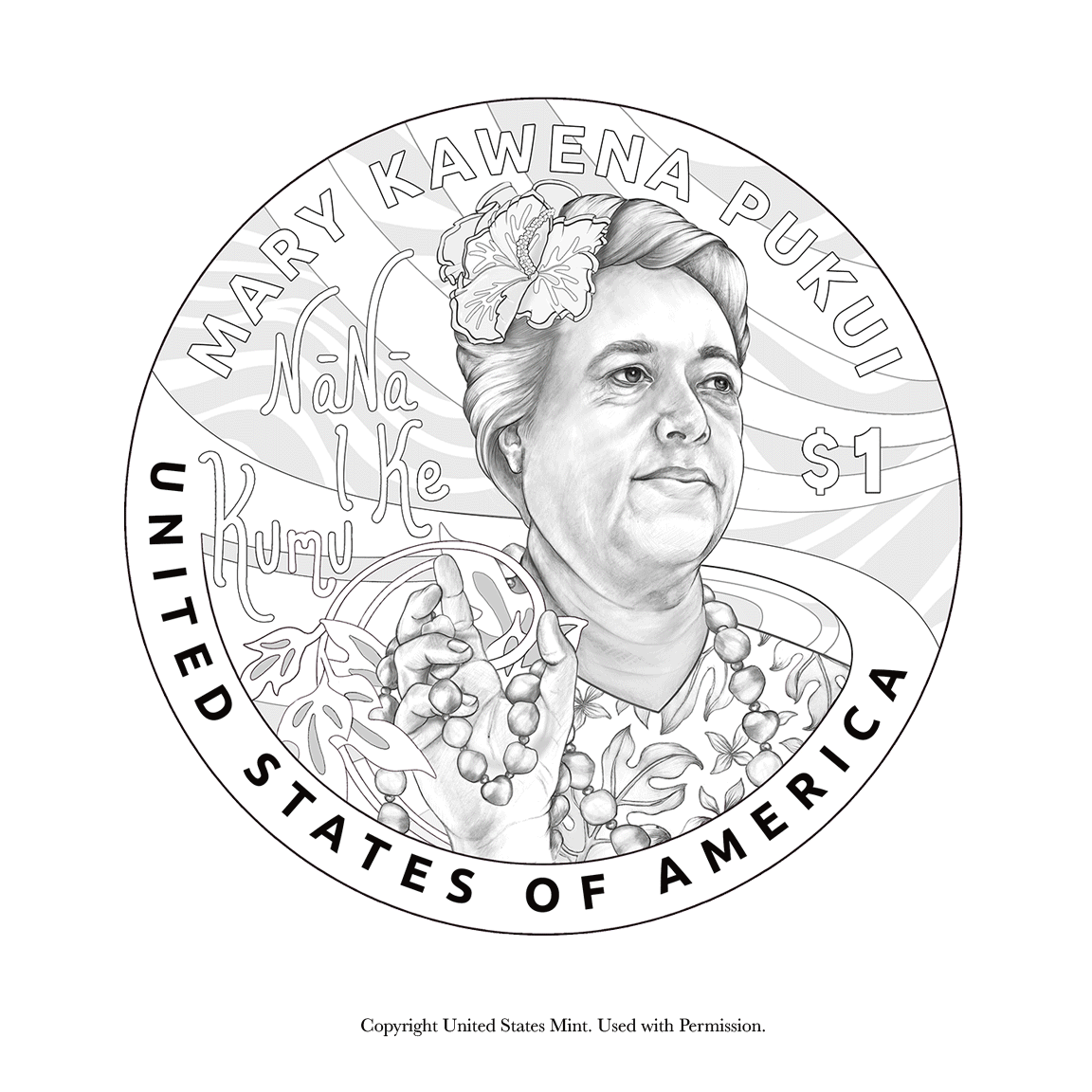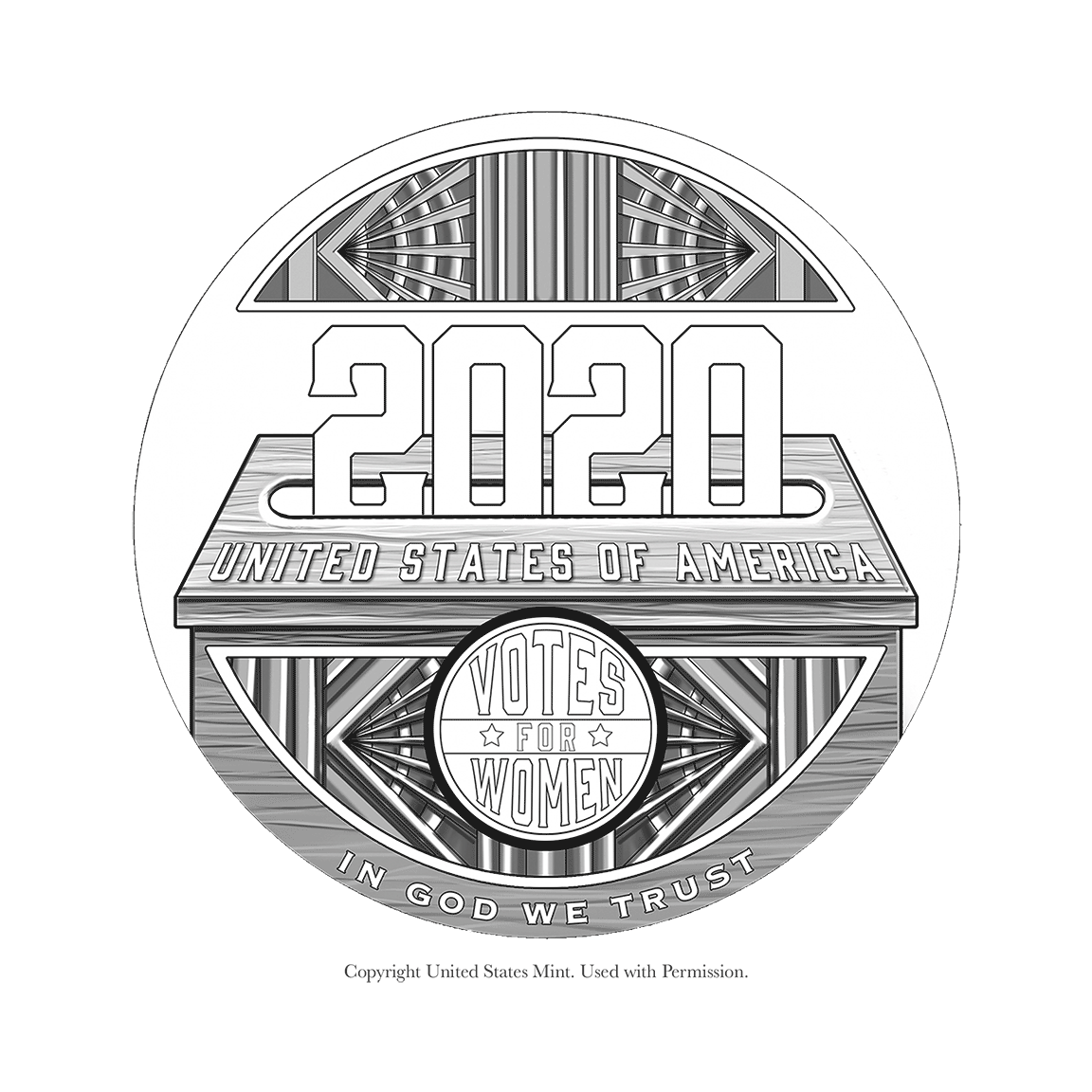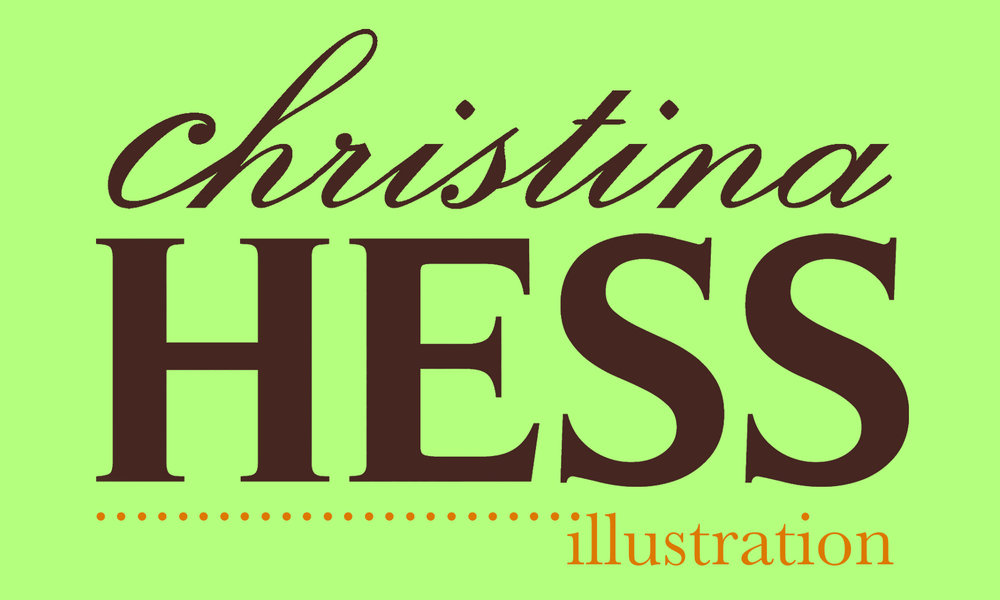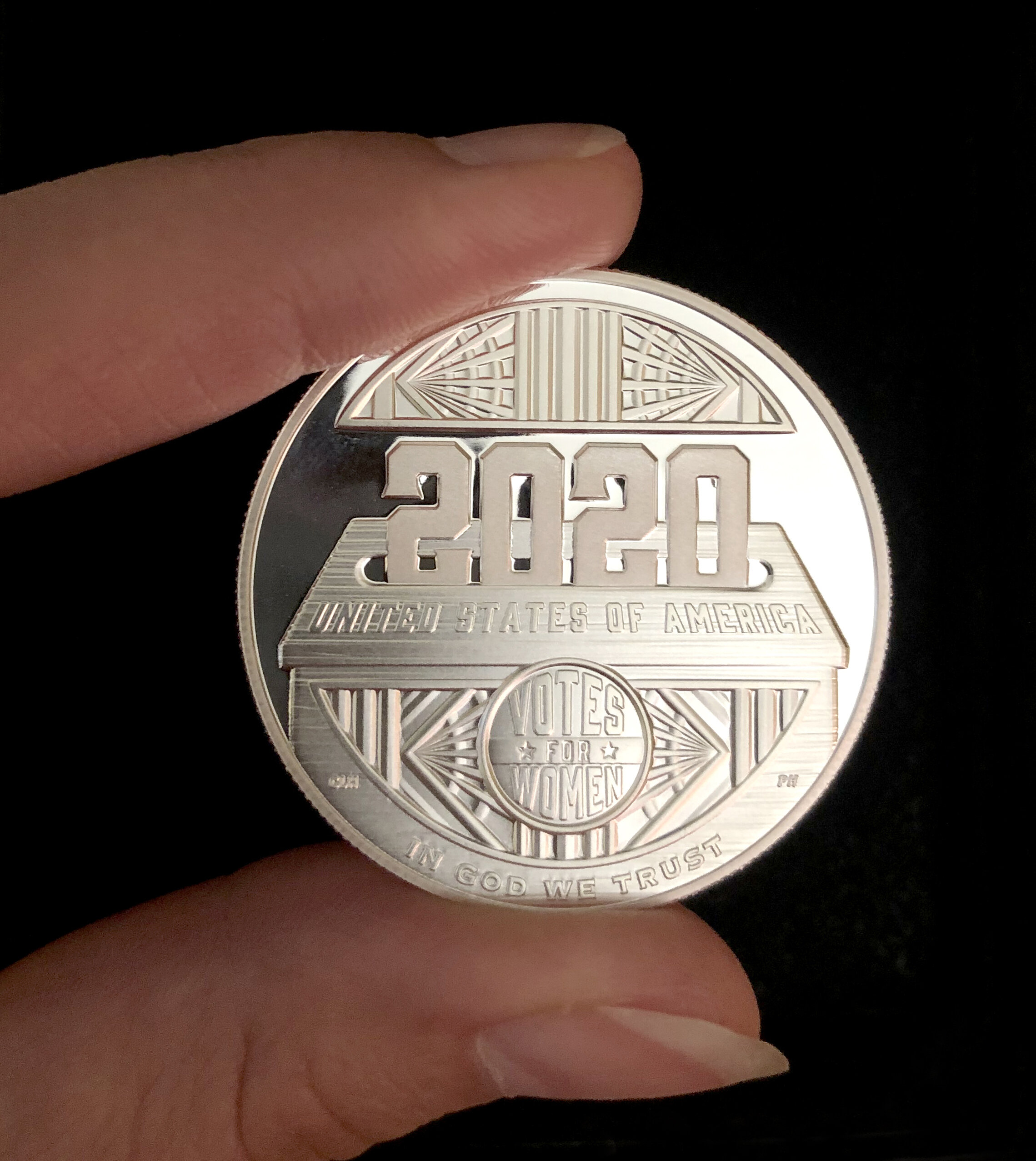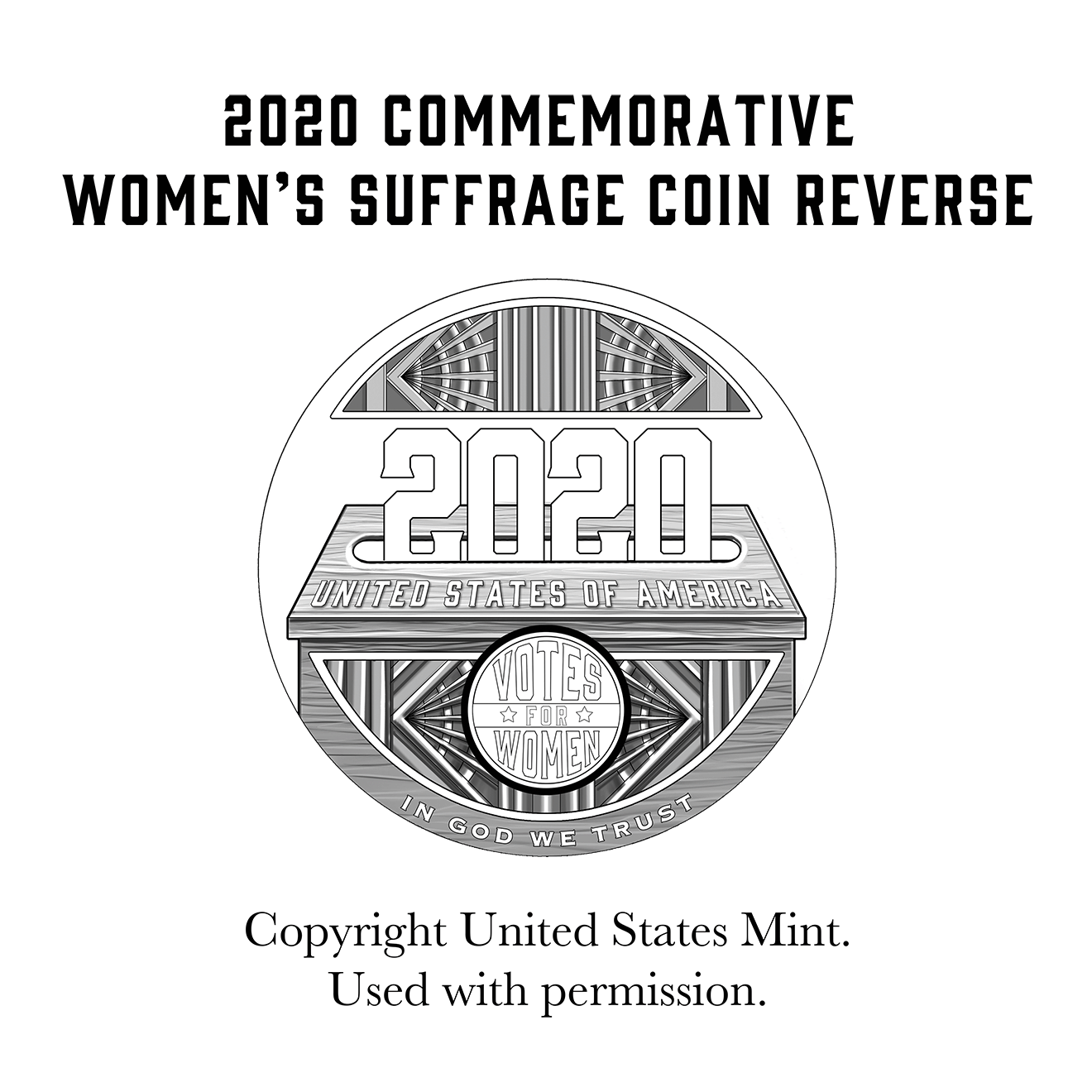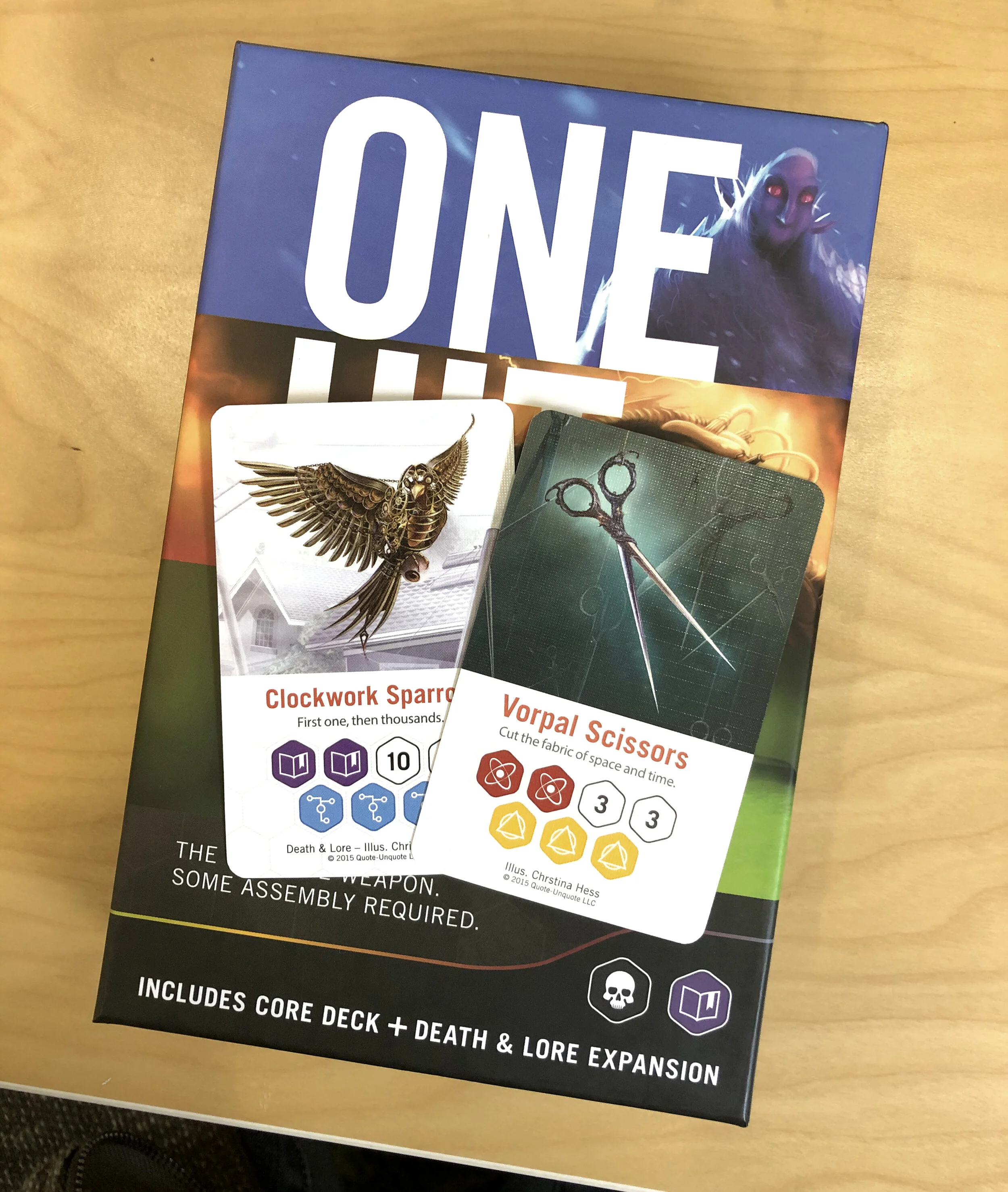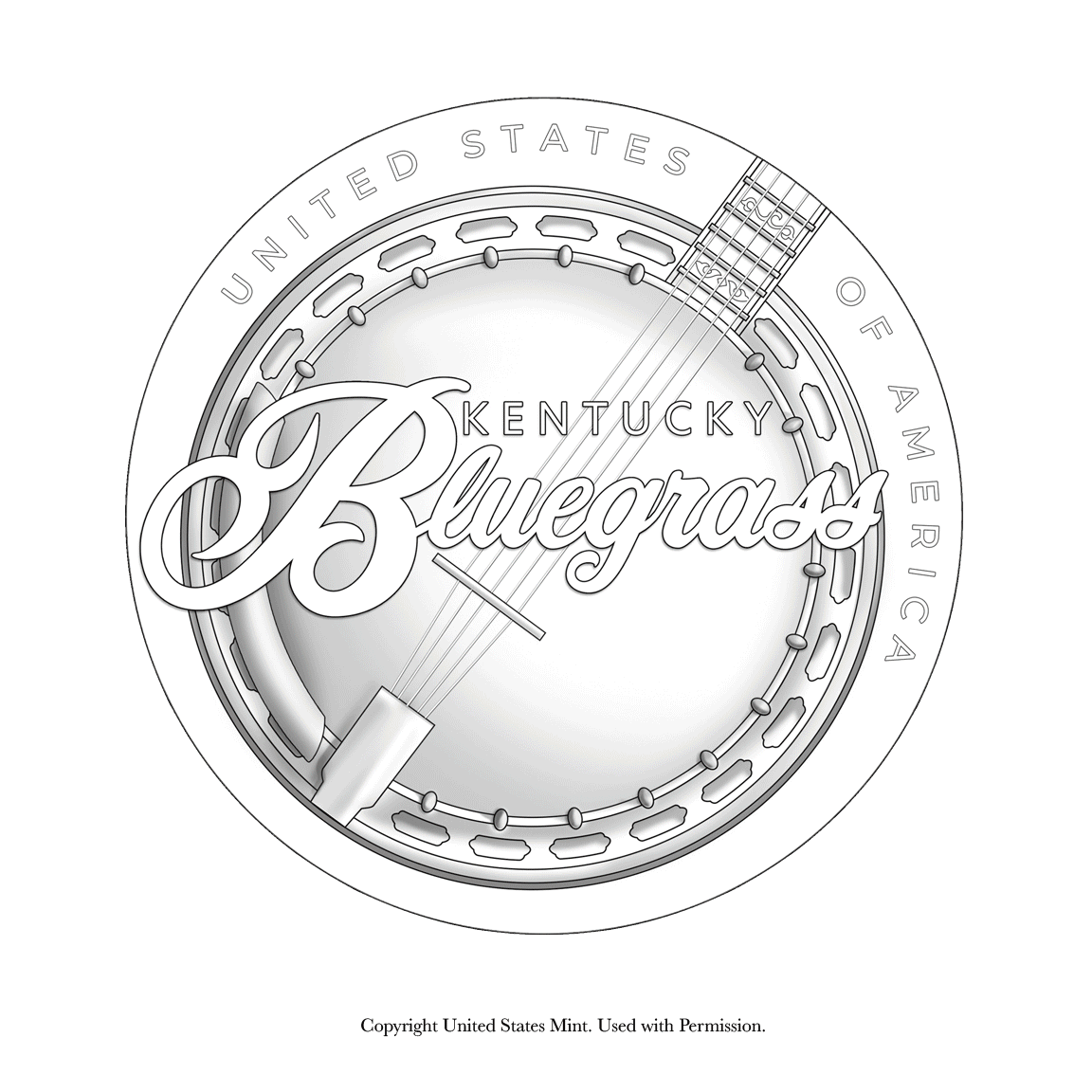Design of obverse silver dollar commemorative coin for United States Mint
A little bit on Resources, References, Collaboration
I was one of several artists who created potential designs for the Women’s Suffrage Commemorative $1 Coin program. I was very fortunate to have my designs picked for both the obverse, which is the front of the coin and the reverse, which is the back of the coin.
To prepare for the job I did a lot of research on the history of women’s suffrage and really wanted to capture the amount of time that this movement took place. There were many decades and many different types of women with a variety of stories so I really wanted to focus on the diversity and uniqueness of the women. This included age, culture, and expression through fashion.
I felt the decision to focus on hats was a great starting point to emphasize both the individuals as well as the time periods.
I used countless different historical photos of women’s suffrage parades for inspiration. Printed propaganda such as pins, posters, and banners was helpful in deciphering what to use for the text additions on the clothing. The numerous archival photos of women in parades were a great source of inspiration for the decades of fashion as well as the character of the women who were participating.
The United States Mint provided a lot of resources for research which I used in addition to online sources, as well as movies for inspiration. This research was invaluable for me to really understand the quest of these women during those specific time periods. The movies also gave me a great insight into the type of personalities and challenges that they faced. Having the assistance of a visual and narrative resource can be very helpful in telling a story with one image.
In addition, I have a very extensive photo library from the past several years of different paintings and sculptures that I refer to for inspiration. Some of those images that sparked creativity were sculptures of faces and sculptures of anything that had fabric. In addition, I always refer back to the golden age of illustration. Howard Pyle and the Red Rose Girls were among those who I referred to for this particular project. Also, Norman Rockwell’s work became a big inspiration for me during this design process. He is a master of multiple portraits in dynamic compositions.
About my Artistic Process
For the actual artistic process, I created over 30 thumbnails that are very much like chicken scratch so I prefer to not show them to anybody because they are only clear to me.
In this process, I work out motion, direction, shape language, and the overall real estate of space. From there I build upon an abstract sketch.
I then search for strong photo references. Sometimes I shoot my own reference but in this program, I decided to use public domain archival photos of women. I felt it was appropriate and inspirational to use women’s faces from the actual time periods. I want to stress that these were public domain images. As always, make sure you are only using images if you have permission, you have taken yourself, or images that are copyright-free/public domain.
In a painting program, I rendered these women’s faces with digital versions of oil painting brushes. I then imported the portraits into another program for compilation and shape building. Sometimes I use up to three programs for my illustration but in this case, I only used two.
This allows me to render as I would traditionally but it gives me a lot more leeway for corrections than if I were to do a traditional oil painting. I was trained in oils so it’s important to me to have a digital brush that can mimic the traditional brushstrokes.
Compiling the portraits and flat shapes in a compilation program gives me a lot of freedom to move and situate a complex composition that involves many overlapping areas that tend to create tangents and points of tension.
As you see by the obverse design process gif there are a lot of small adjustments toward the end. These small adjustments are made to leave enough space for type an image in consideration of the small canvas it will ultimately be sculpted on.
Once I submitted the design it went through many different stages of edits. The design manager with whom I worked is the liaison to numerous experts at the Mint who review designs for issues and recommend edits. Those experts include the Chief Engraver, the legal department, and manufacturing specialists.
Once the design is up to par with the Mint’s standards they put it into a portfolio with other artists’ designs and that portfolio is then presented to two committees as well as any liaisons to that particular program.
In addition to the CFA (Commission of Fine Arts) and the CCAC (Citizens Coinage Advisory Committee) the Smithsonian and the American Women’s History Initiative were stakeholders for this program. These stakeholders and committees recommend designs to the Secretary of the Treasury, who makes the final decision on what designs are going to be minted.
